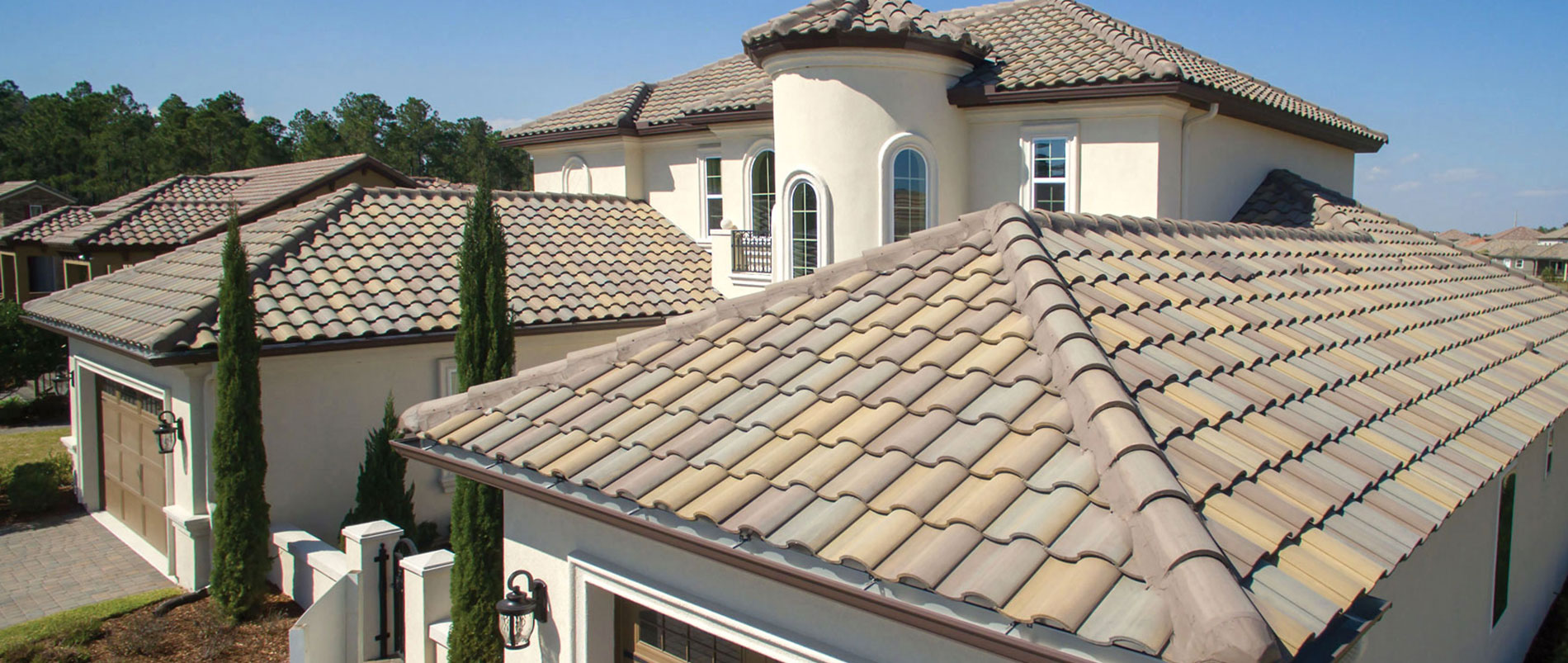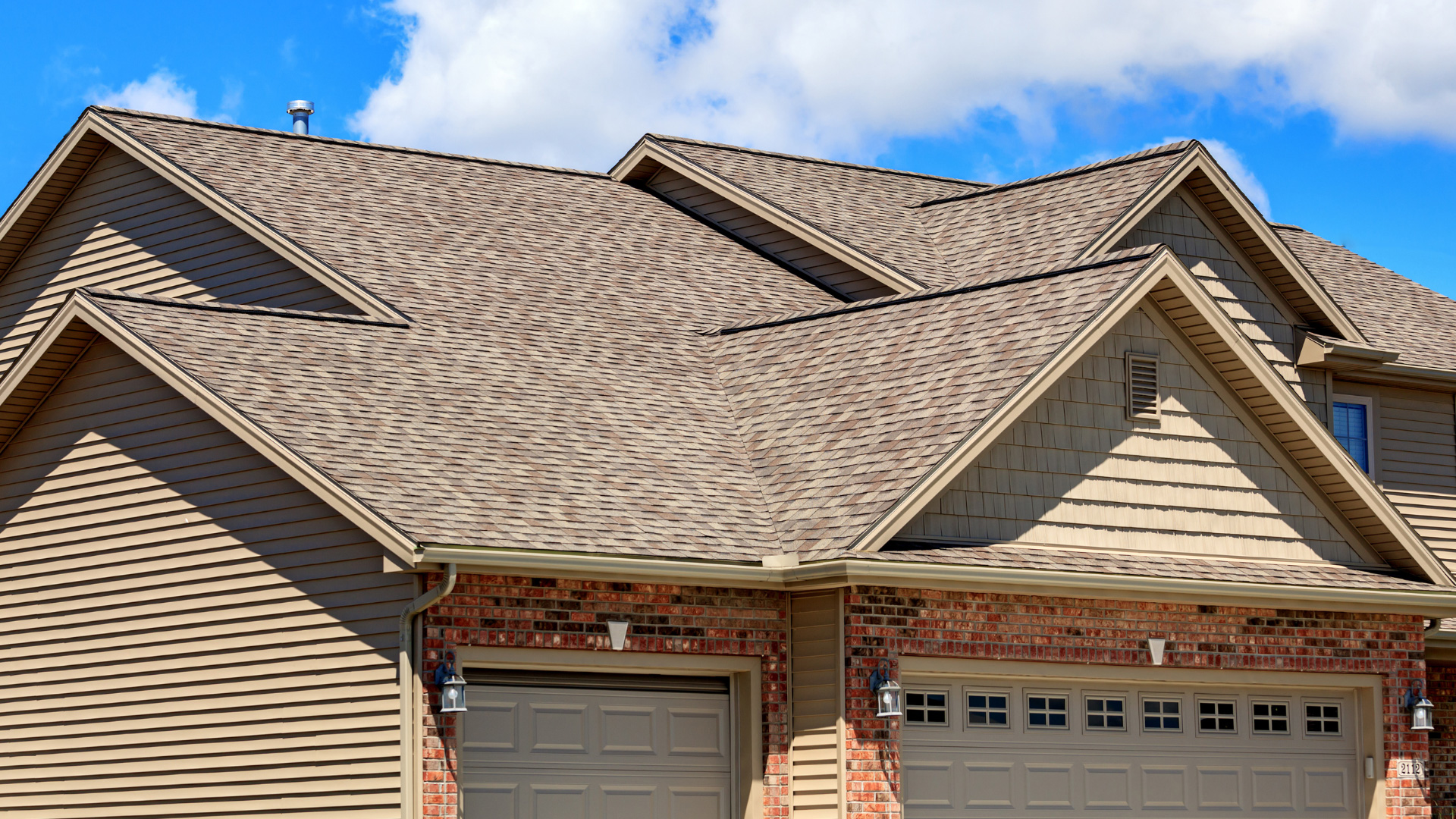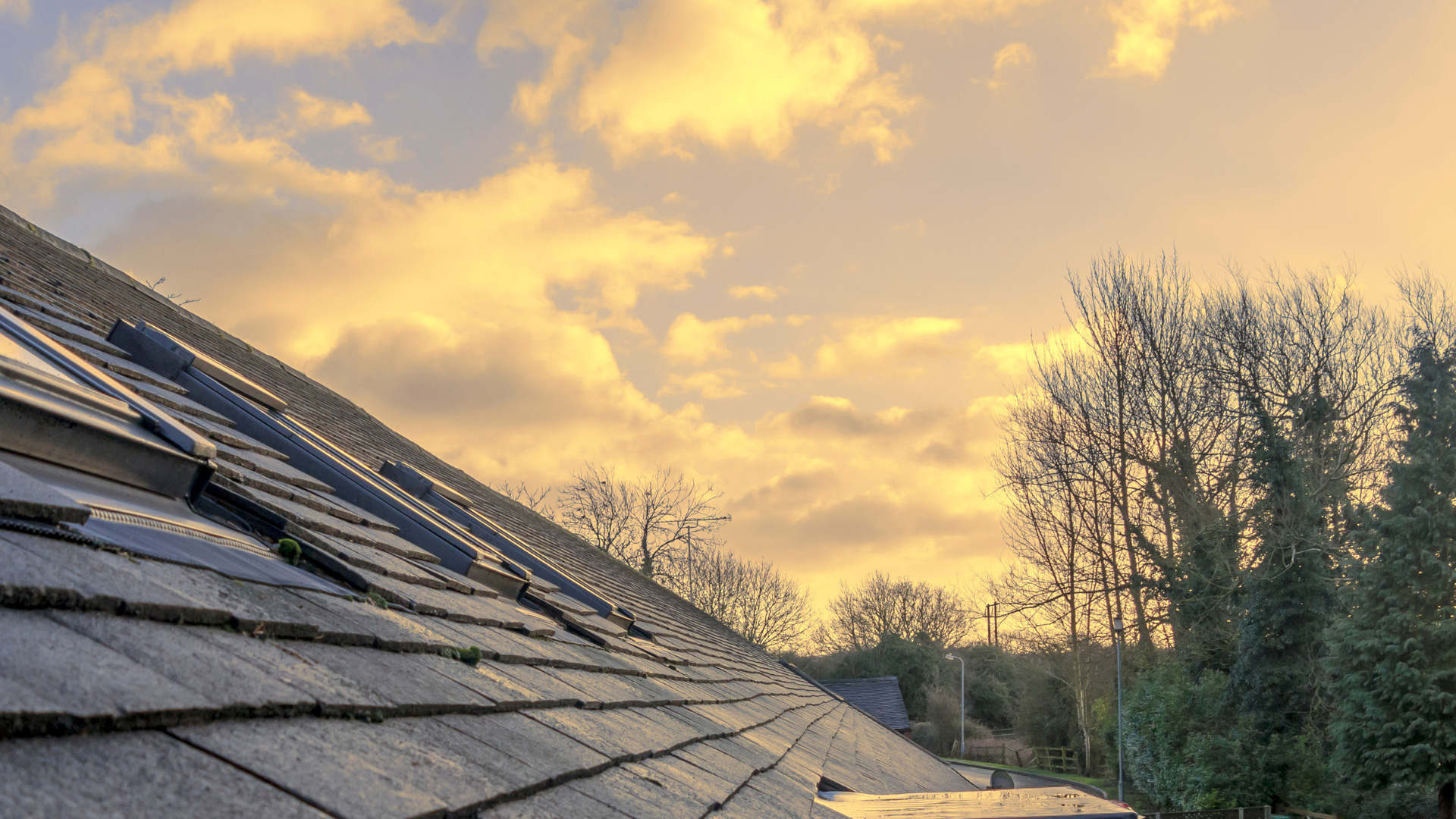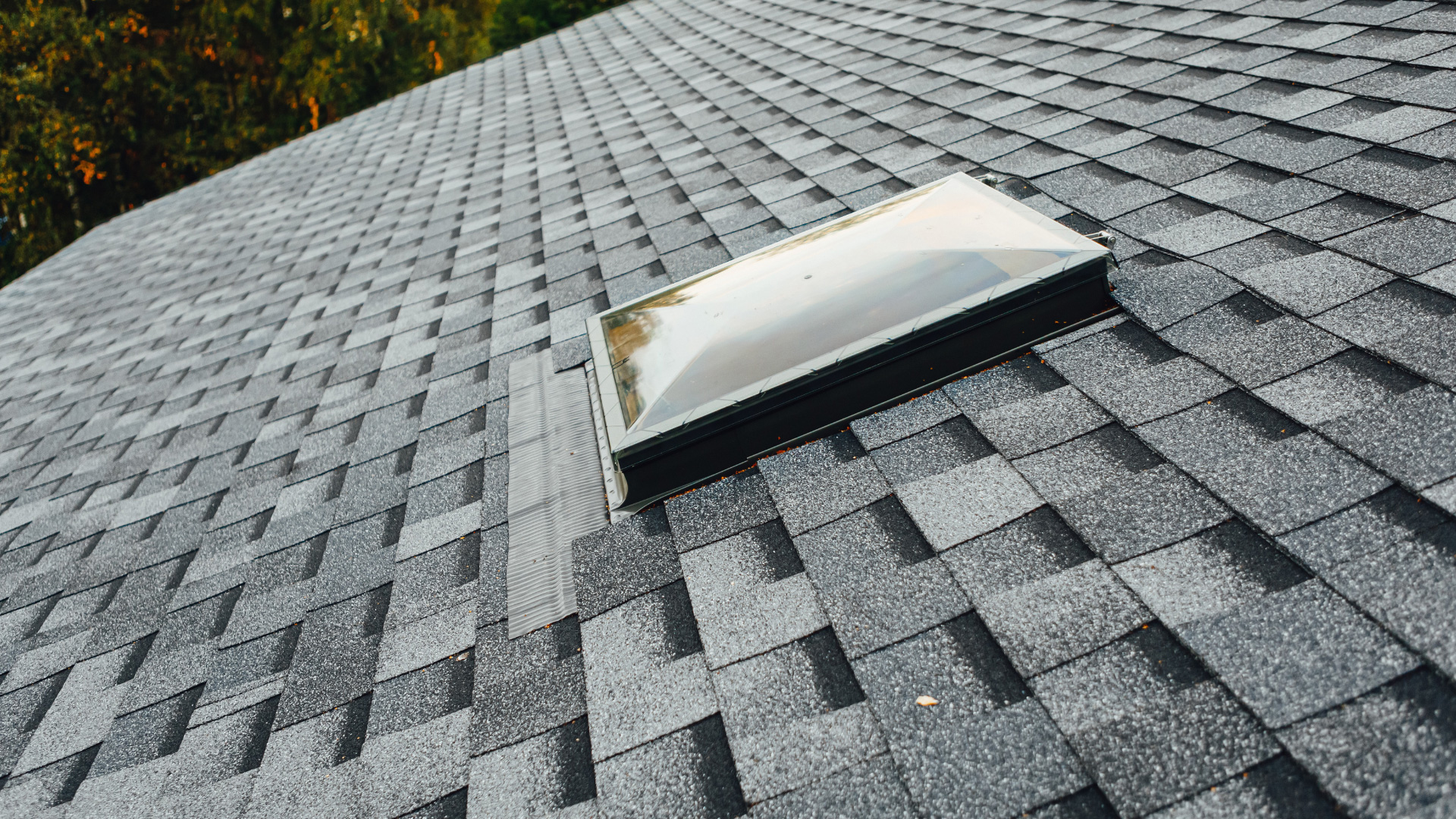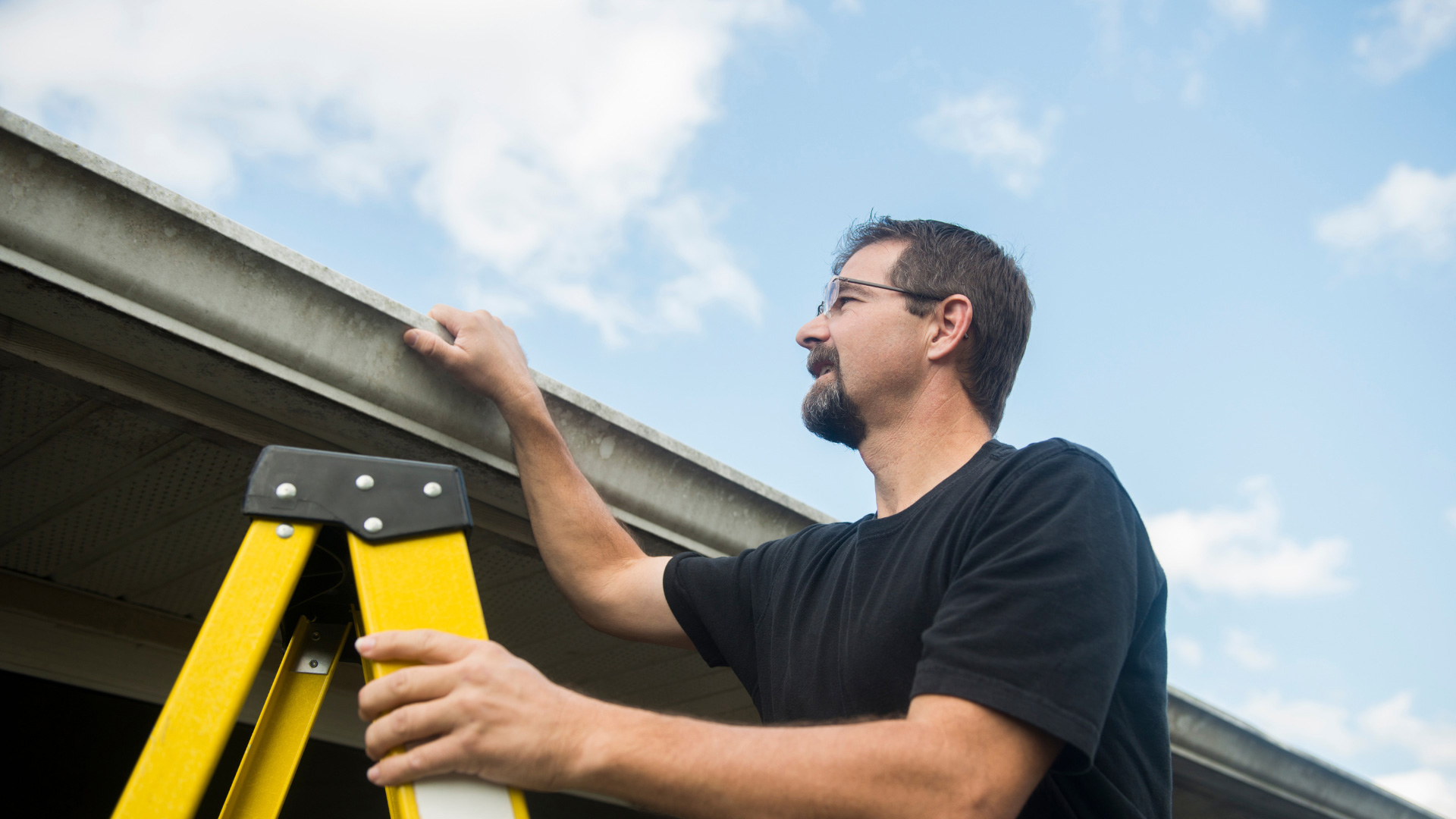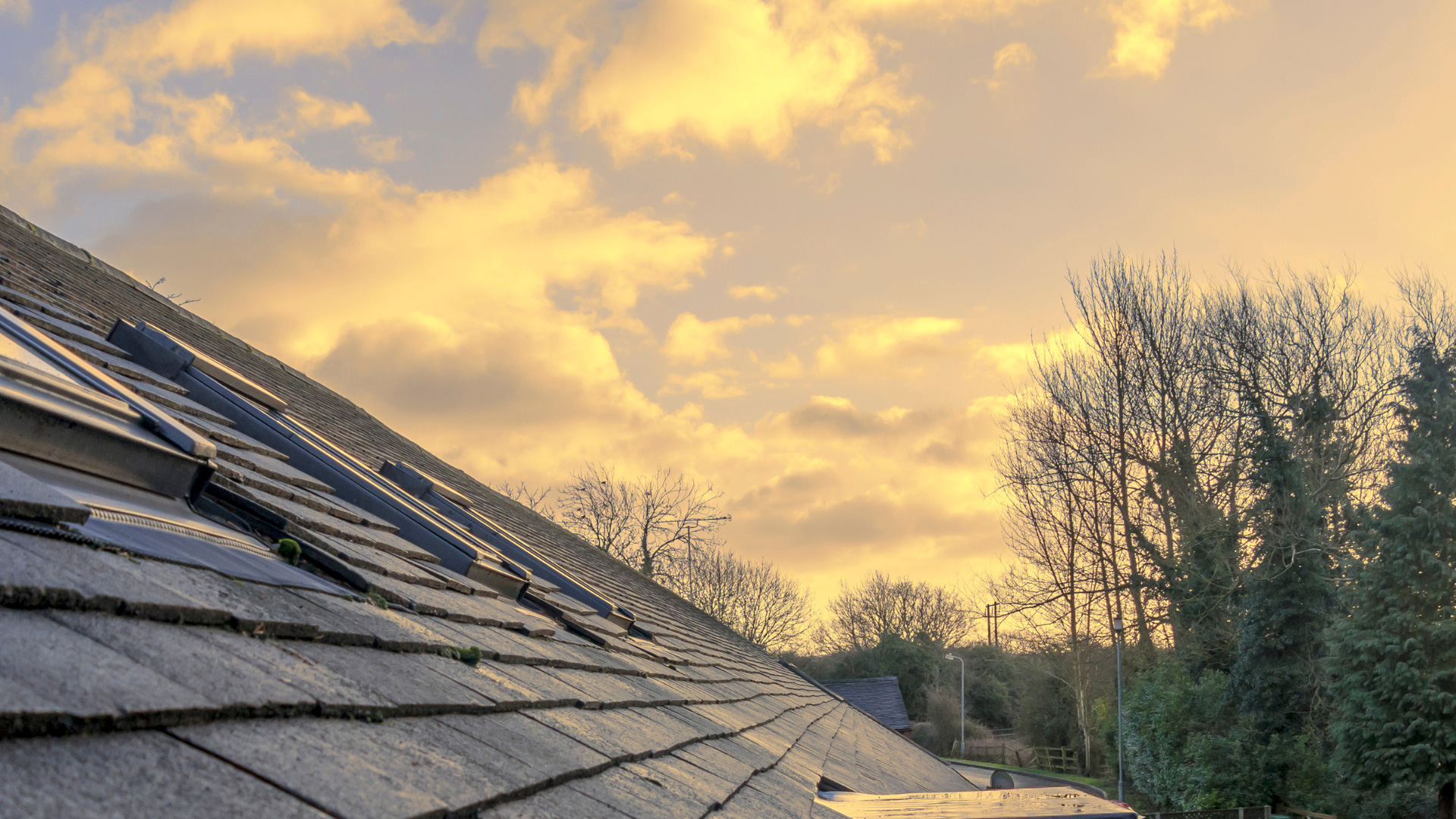How long does a roof last? Primarily, a roof’s lifespan depends on the type of roofing materials. Metal roofing materials last for many years, as they can resist corrosion and exposure to weather elements for a reasonable period. Apart from the roofing materials, the lifespan of your roof depends on multiple factors, ranging from the contractor you work with to something as simple as the color you pick.
How Long Do Roofs Last?
On average, your roof can last between 25 to 50 years. However, some roofs, especially those made from clay or concrete, can last well over 50 years. Even more surprising, slate tiles can last up to 200 years.
Other Things That Impact Your Roof’s Lifespan
Beyond the type of roofing material, the roof’s lifespan depends on several design and environmental factors. These include:
1. Roofing Workmanship
Workmanship ranks top of the factors that dictate how long a roof lasts. Roofs done by experienced contractors tend to last longer than those done by less professional roofers. The reason? Experienced roofers know how best to install roofing materials.
2. Amount of Extreme Weather
Harsh weather conditions like high winds, snow, and intense sunlight are unforgiving to roofs. For instance, strong storms can loosen and lift roofing materials. As such, roofs in areas with extreme weather do not last as long.
3. Attic Ventilation
Proper attic ventilation is crucial in roofing. The ventilation expels excess heat, which could have accelerated the wear and tear of roof decking, insulation, and shingles. As such, if your home has poor attic ventilation, the chances are it won’t live up to its lifespan.
4. Roof Maintenance
A well-maintained roof lasts longer than one that is neglected. Routine maintenance helps you identify and fix issues like loose shingles and clogged gutters before they escalate to major problems.
5. Quality of Materials
High-quality roofing materials can withstand bad weather conditions like heavy rain, hail, strong winds, and intense sunlight. On the contrary, substandard roofing materials lack the strength to withstand environmental stresses. As such, they wear quickly.
6. Type of Roof
Various roofing styles have varying lifespans. For instance, the hip roof provides excellent resistance to high winds. It disperses the force of wind evenly across all sides, reducing the risk of damage.
7. Roofing Color
Light-colored roofs often last longer since they absorb less heat. As a result, they are less vulnerable to thermal stress and degrade slower than dark-colored roofs.
8. Roof Slope
A steeper roof is likely to last longer than roofs with a gentle incline. The steep slope facilitates efficient water runoff and sheds snow quickly, minimizing structural stress.
Extend Your Roof’s Lifespan With Roofing Optimum
At Roofing Optimum, we understand that a good roof protects your interior from elements alongside enhancing your security. Contact us to discuss your roofing concerns with an experienced roofer. To learn about what materials and other factors can lead to a long-lasting roof, download our Optimum Guide To Your New Roof.

